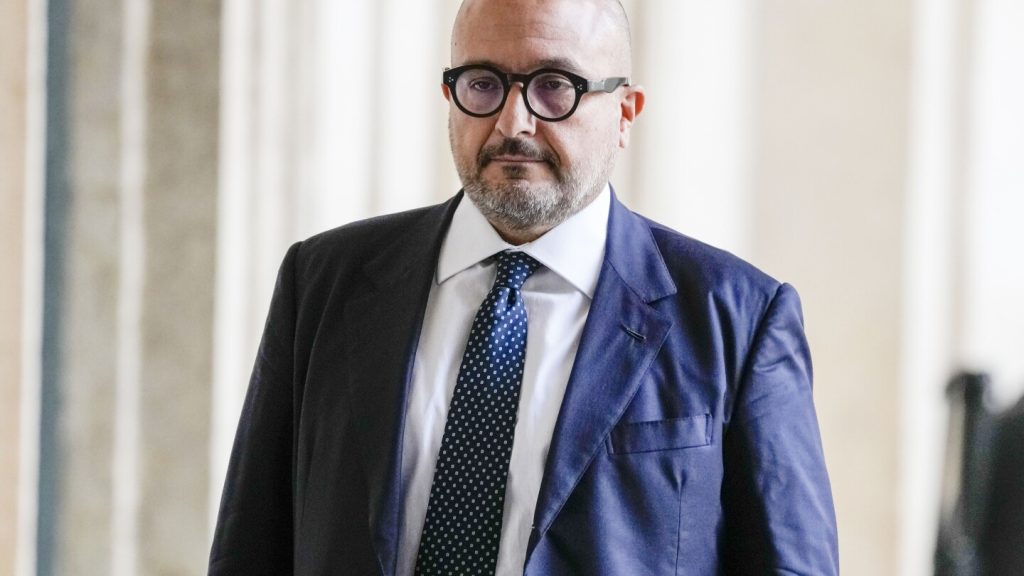Italy’s Culture Ministry has banned loans of works to the Minneapolis Institute of Art due to a dispute over an ancient marble statue believed to have been looted from Italy almost half a century ago. The dispute began in March 2022 when an Italian court ruled that the museum was irregularly in possession of the Stabiae Doriforo, a Roman-era copy of The Doryphoros of Polykleitos, an ancient Greek sculpture. Rome claims that the sculpture was looted in the 1970s from an archaeological site at Stabiae, an ancient city close to Pompeii.
In response to the dispute, Italian prosecutors issued an international warrant for the artwork to be impounded and returned. The U.S. museum purchased the statue in 1986 for $2.5 million from an art dealer and imported it into the United States. The museum has defended its ownership of the statue, stating that it has been publicly displayed and extensively published since then. The museum believes that the media is not an appropriate forum to address unproven allegations and has always acted responsibly and proactively with respect to claims related to its collection.
The Minneapolis Institute of Art has stated that it has declined to transfer the work in instances where proof has not been provided or where the museum has evidence reasonably demonstrating that a claim is not supported. The museum has called Italy’s new ban on loans “contrary to decades of exchanges between museums” and believes that it has been unfairly targeted in this dispute. Italian authorities have been seeking the return of the statue for years, claiming that it was illegally removed from Italy in the 1970s.
The ban on loans to the Minneapolis Institute of Art demonstrates the ongoing tension between Italy and the U.S. museum over the ownership of the Stabiae Doriforo statue. The dispute reflects a broader issue in the art world regarding the provenance of ancient artifacts and the responsibility of museums to ensure that their collections are not comprised of looted or stolen works. The ban may have implications for future collaborations and exchanges between Italian cultural institutions and the Minneapolis museum.
The Minneapolis Institute of Art has maintained its position that it acquired the statue in good faith and has been transparent about its ownership history. However, Italy’s Culture Ministry remains adamant in its claim that the statue was illegally taken from Italy and that it should be returned. The ban on loans is a significant development in this ongoing saga and highlights the complexities of dealing with contested cultural heritage items in the modern art world. Italy’s actions may set a precedent for other countries seeking the repatriation of looted artifacts from museums around the world.


